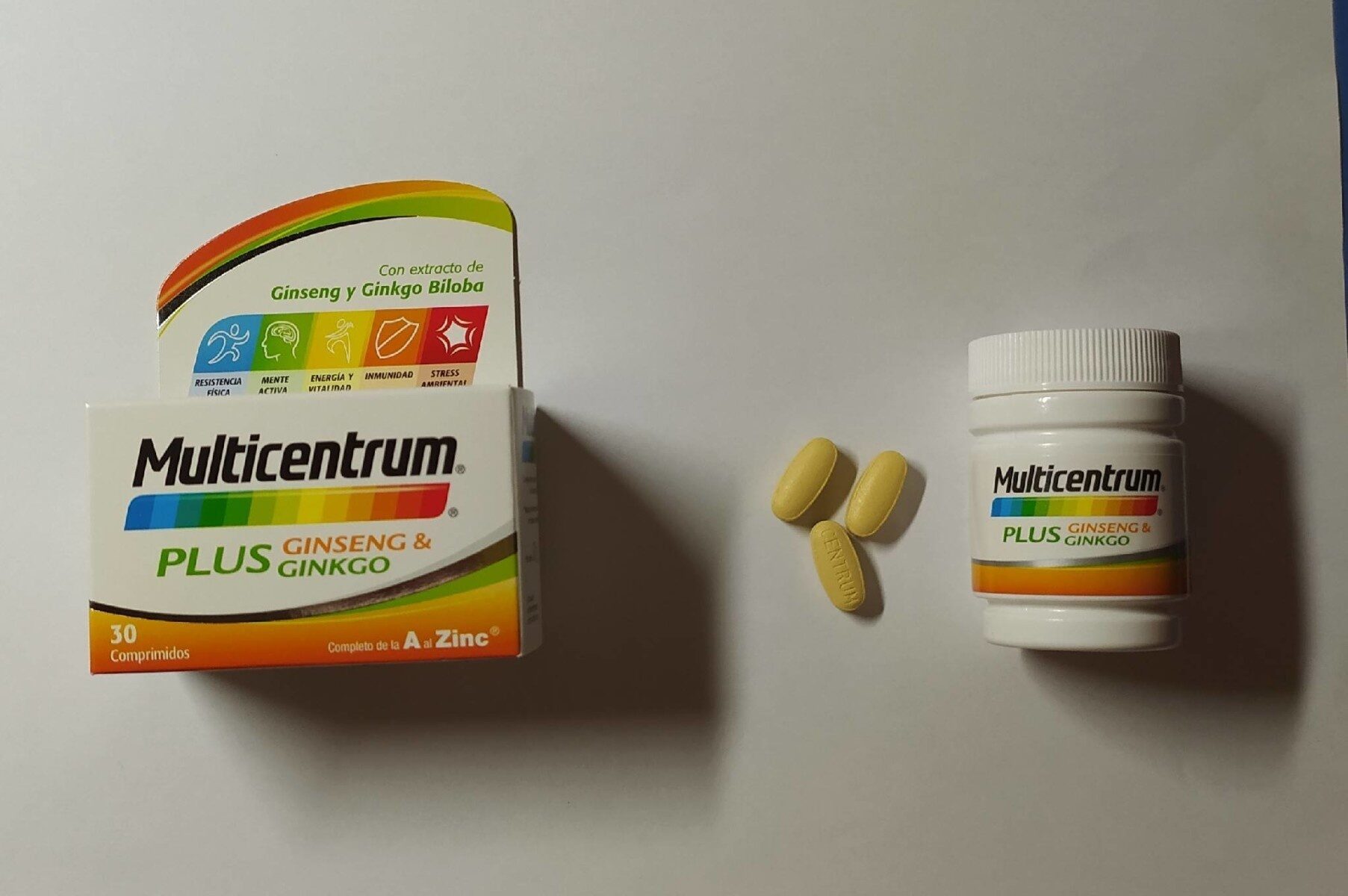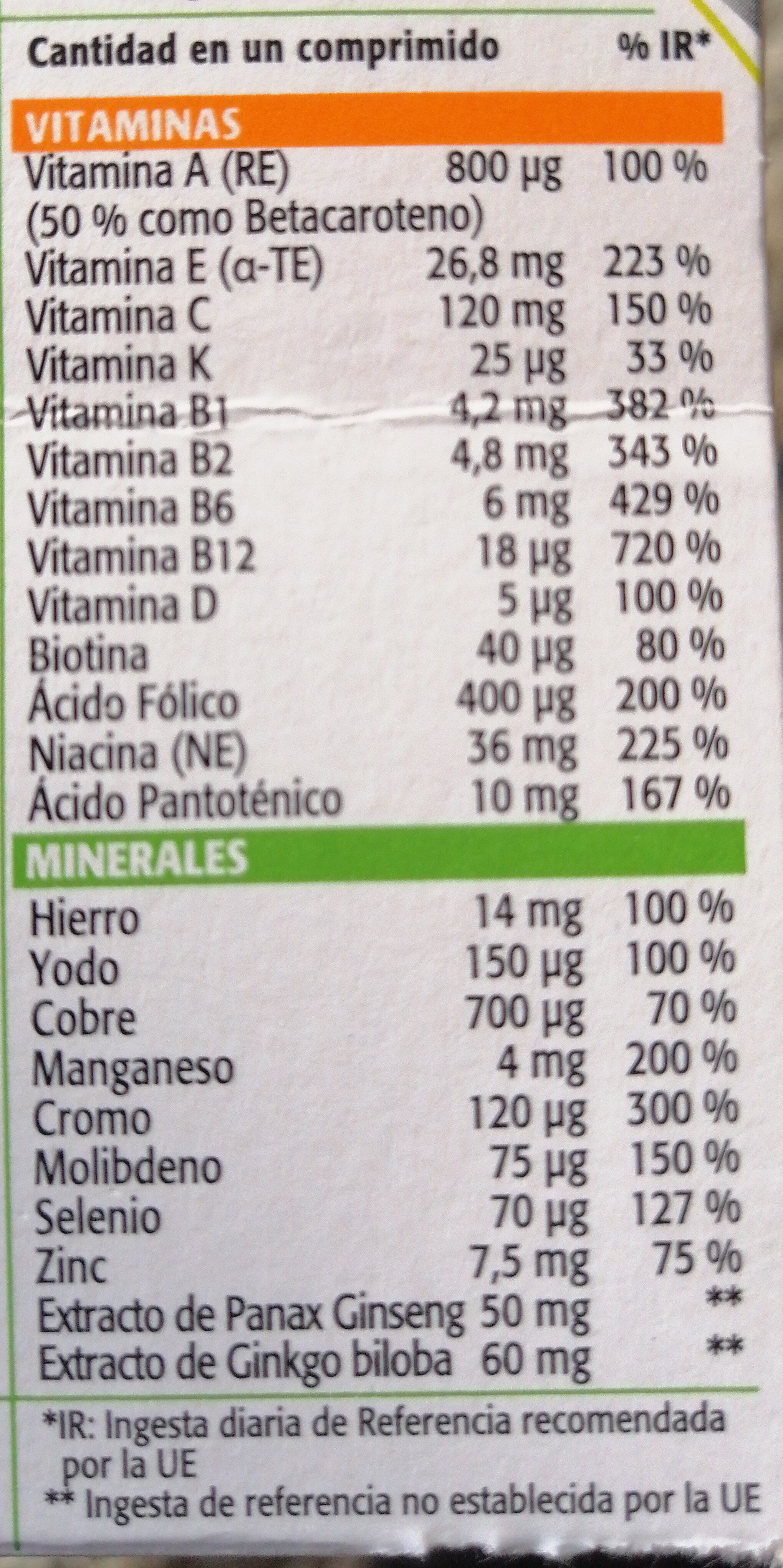Multicentrum Plus Giseng & Ginko
Aquesta pàgina del producte no està completa. Podeu ajudar a completar-la editant-la i afegint-hi més dades a partir de les fotos ja disponibles, o fent-ne més amb l'aplicació de androide o iPhone / iPad. Gràcies!
×
Codi de barres: 8470001873033 (EAN / EAN-13)
Etiquetes, certificacions, premis:
Sense o baix en sucre, Lliure de gluten, Punt verd, Sense sucre
Botigues: Amazon
Països on es va vendre: Espanya
Matching with your preferences
Entorn
Empaquetament
Transport
Espècies amenaçades
Report a problem
Fonts de dades
Producte afegit per elcoco
Última modificació de la pàgina del producte per fabi2.
La pàgina del producte, també editada per elcoco.00275ca852343eb8479e2f73c1e0bb13, kiliweb, mainluk, openfoodfacts-contributors, org-app-elcoco, yuka.XZFFZ-OHJNIDOsfyjY4pwSG2F8T6JPQDIGIqog.
Si les dades són incorrectes o incompletes, pot completar o corregir editant aquesta pàgina.








